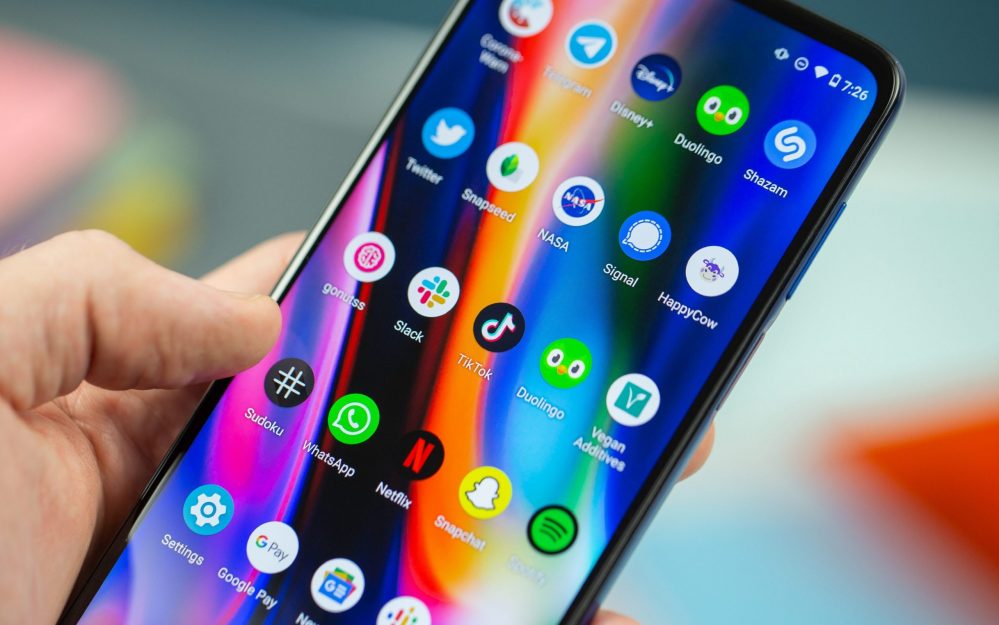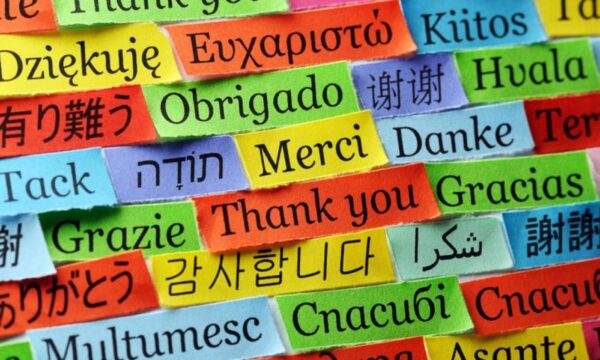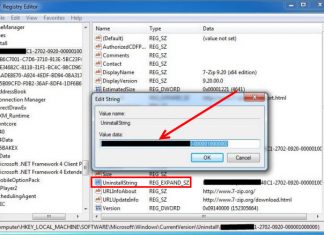Whether you’re launching a new product, or establishing a new brand in a foreign market, chances are that you’ll need to localize your content. No matter the industry or product, this is a crucial part of your marketing and operations strategy.
Why Localization is So Important For Your Business
Localization is needed because of the vast diversity that we see across the globe. Even if you translate your content, that’s simply not enough to truly connect with your audience. There are a number of different regional differences and idiosyncratic nuances that can only be achieved through localization.
Consider Each Channel

There’s more than just your site to look at when it comes to localization. From any apps you have to social media, it’s important to be consistent with localization too, and include things like mobile localization in your package as suggested by globallink.transperfect.com. So let’s look at each one in a little more detail.
Website

You’ll need to localize different parts of your website, not just the main services or homepage. Here’s some of the content you’ll also need to focus on:
- Branding: This includes the About Us section and any Company Values information.
- Legal: If you operate in an industry that is highly regulated, or have things like a trademark or copyright, you’ll need to ensure this is localized correctly, in line with the regulations of your target country.
- Technical: Think about your FAQ pages, any user manuals that may be on your site.
- Sales: This includes your sales and landing pages, and any marketing content too. Besides, it may include your link building efforts from professional agencies like Getmentioned that help your online business grow through traffic and leads.
Localizing your website doesn’t just include your desktop site. It also includes the tablet and mobile versions of your site too. If you’ve localized your main website, the chances are that your localization efforts for tablet and mobile versions of your website will also be covered.
The main thing to consider when it comes to tablet view is user experience. While your content needs to be localized, it also needs to be arranged in a way that aids the customer’s journey on your site.
Apps

Apps are used by the majority of businesses, whether that’s to be a main hub of information, or an extension of your services. For example, retail companies may offer an app where a user can complete a whole purchase, or banks may develop secure apps from which users can manage their accounts.
Apps differ from websites in that they include many different screens and widgets that could get missed with traditional translation practices or programs.
Social Media

When it comes to social media, you will most likely be creating new accounts for your target market for ease and consistency. For example, the way we see that there is a Refinery29 account for their original US audience, but also Refinery29 UK for the British community.
You also need to ensure that all graphics, images and copy across your social media are localized too, so that your target audience will not simply understand your content, but engage and interact with it too. This is crucial if you have any hopes of building a community in your new target market who are connected to your brand.
Social media spans a lot of different platforms, including:
- YouTube
- TikTok
And this also covers a lot of different content types. Your localization efforts need to include written, audio and video content to make sure that every area of your online content is suitable for your target audience.
Consider Different Types of Content

We’ve already covered video content on social media, but you need to be mindful of the visual content that you’re using on your website too. Icons and images that work well to explain or support your written content may not translate well in a different market. So it’s not as simple as localizing text across your website.
Different colors and symbols have different meanings across cultures, and this can greatly affect how your users consume your content in your target market. For example, the color red is seen in the West as a symbol of power and passion, but in China it is lucky and in South Africa it is the color associated with mourning.
This would mean that using red in your branding or supporting images could be a good thing in the West or China, but be a detriment to your brand in South Africa. There are also things like social norms to consider. If you are launching in a country that is heavily religious, such as Spain which is a Catholic country, you’ll need to ensure that all imagery reflects their values too.
Know What Languages You Need to Translate

Just because you’re launching in a new country doesn’t mean that you only need to launch in one language. Most countries speak multiple languages, and many even have more than one national language. For example, English is the official language of the United States, but a huge portion of the population speak Spanish, so when launching in the States, it would be useful to have both languages available.
If you didn’t do this, then you would be closing yourselves off from a large number of potential customers. Do your research here and ensure that you’re translating to the right languages.
Use Local Native Speakers to Translate Content

When it comes to the translation itself, you may use a large corporate translation company. This would be fine for technical language, but your content needs to be localized for cultural nuances and things like slang.
Subtle uses of these will show your audience that you understand them, and it’ll help them connect with your brand. The most reliable way to get accurately localized content is by using native speakers to do the localization itself.
Don’t Recycle Every Part of Your Business Content
Lastly, when localizing your content, remember that not every piece of content needs to be used on your new site. You don’t necessarily need to recycle every part of your business content, as some channels and content will need to be completely made new.
If a blog for example, isn’t suitable for the target audience, it may need to be rewritten. Localization helps your business deliver the best service possible to your new market, and hugely increases your chances of success.



















